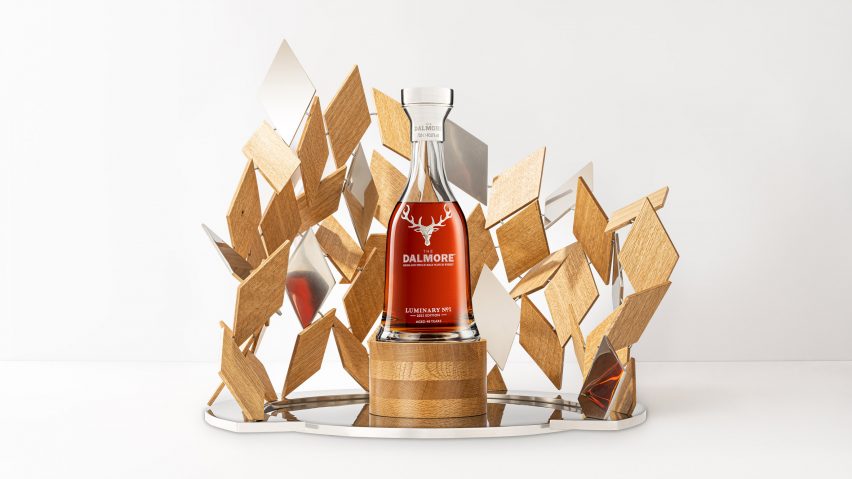
Kengo Kuma encases whisky bottle in 48-piece sculpture informed by kintsugi
Japanese architect Kengo Kuma has collaborated with the V&A Dundee museum and whisky distillery The Dalmore to create a limited edition sculpture that encloses a bottle of the brand's single malt whisky.
The handcrafted bottle glorifier pays homage to the Japanese craft of kintsugi, which means golden joinery, and comprises 48 diamond-shaped modules made of Japanese and Scottish oak alongside polished steel.
The display was designed to accompany a 48-year-old whisky called The Rare that was created by The Dalmore's master distiller Richard Paterson in a limited run of three bottles.
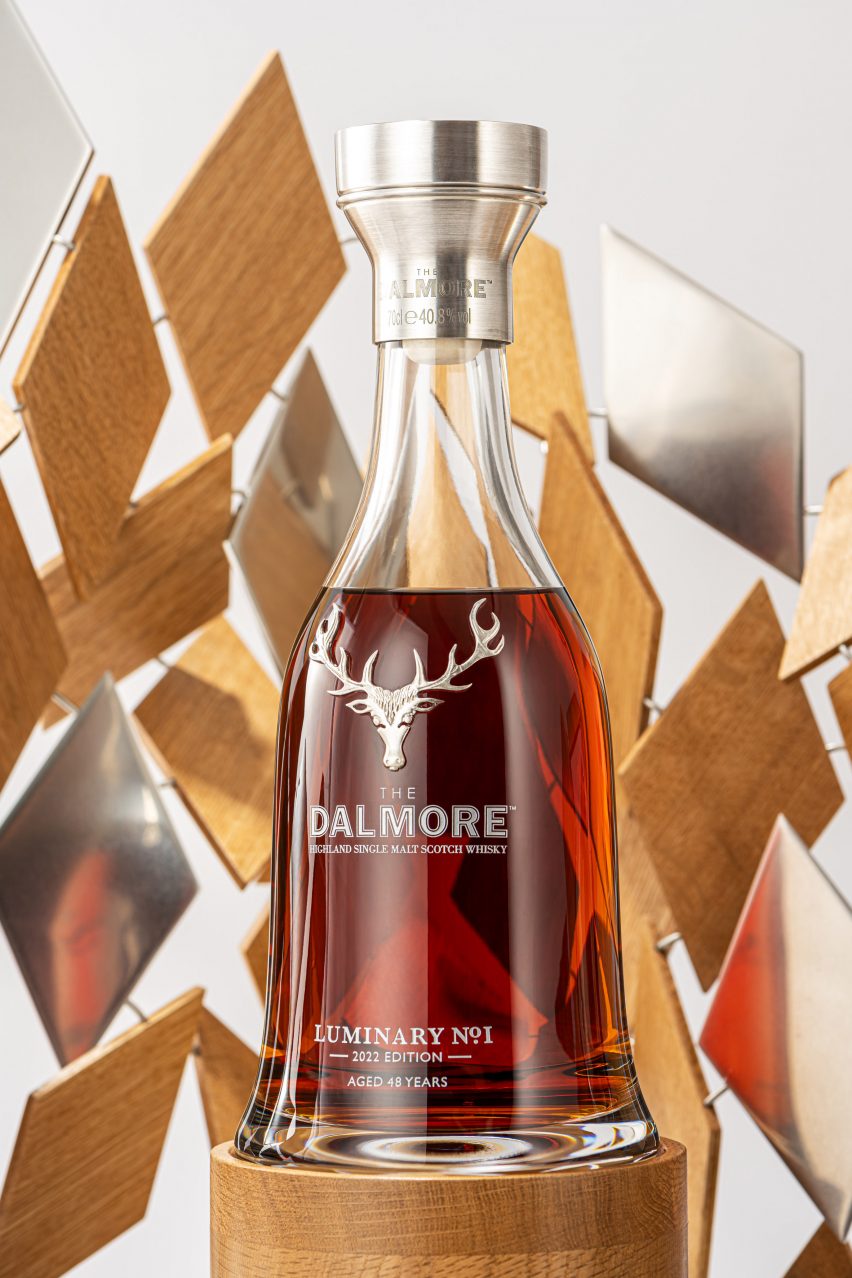
"My relationship with The Dalmore, and with Scotland, is one born from a love of natural materials and the unfolding of stories over a lifetime," Kuma said.
"In my work with Richard Paterson and The Dalmore, I see a same respect for the environment, and the same careful attention to the way great design must continue to evolve over time," he continued.
"The glorifier design echoes this sensibility, inviting all who see it to consider the elements, seen and unseen, that have gone into its conception."
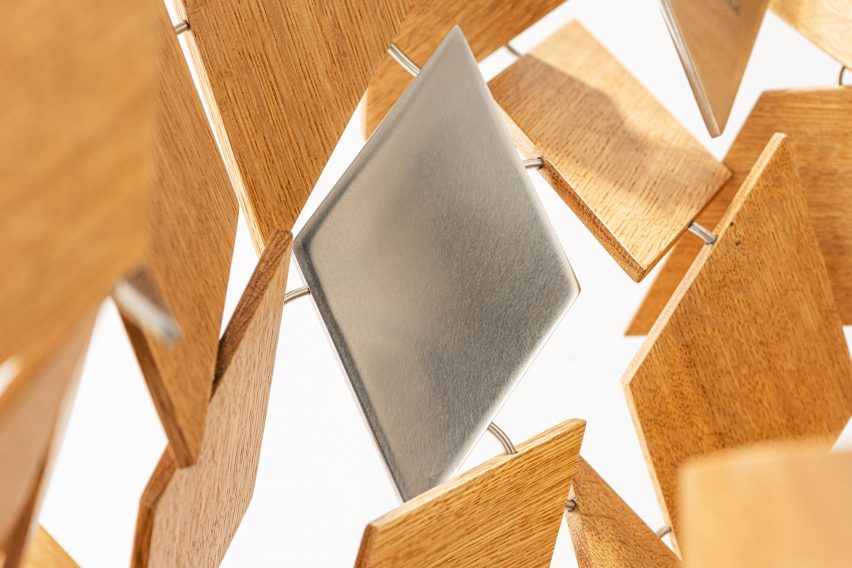
The sculpture was created as part of The Dalmore's Luminary series, a collection of limited edition single malt whiskies developed by the Scottish distillery and curated by the V&A Dundee.
Its wood-and-metal construction is designed to recall kintsugi – the ancient Japanese craft of repairing broken pottery with gold lacquer – while the 48 individual pieces represent the age of the single malt.
"The sculpture highlights the architect's signature gentle integration and intimate understanding of natural materials and negative space, making use of metal alongside wood in a nod to kintsugi artistry," The Dalmore explained.
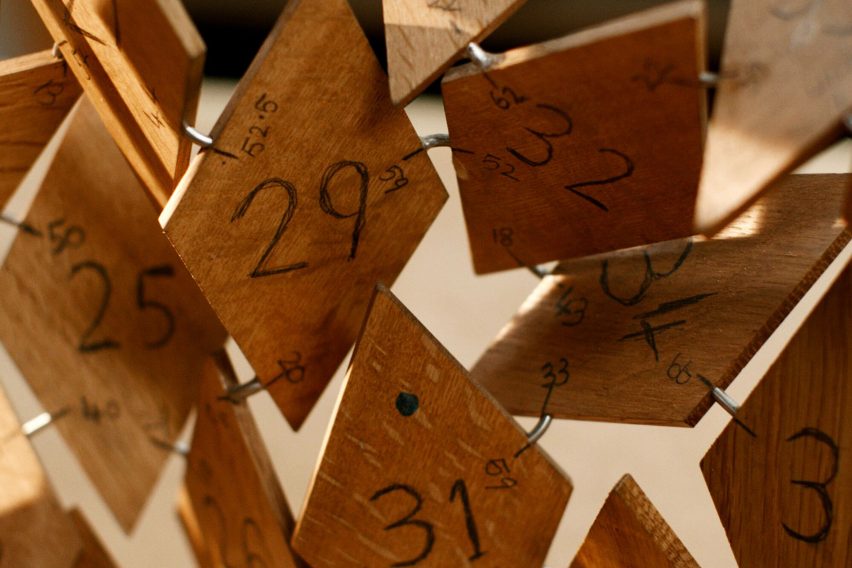
When it came to visual references for the design, Kuma looked to the waters of the river Tay, which runs alongside The Dalmore's highland distillery, and the interiors of the V&A Dundee, which Kuma completed in 2018.
"The importance placed on the extensive use of natural materials, especially wood, is Kuma-san's signature and is reflected in his design of V&A Dundee's interior," The Dalmore said.
"The Scottish oak wood chosen celebrates The Dalmore and V&A Dundee partnership, as before being upcycled for this project the tree had fallen along the banks of the river Tay, where both The Dalmore and V&A Dundee sit."
Kuma is one of the world's most recognised architects and the founder of Kengo Kuma Associates, which he established in 1990.
The glorifier's puzzle-like pieces recall shapes and forms that Kuma has used repeatedly throughout his buildings, including the tessellated NGV Triennial pavilion and the Kyoto Yudo Pavilion with its diamond-patterned textile roof.
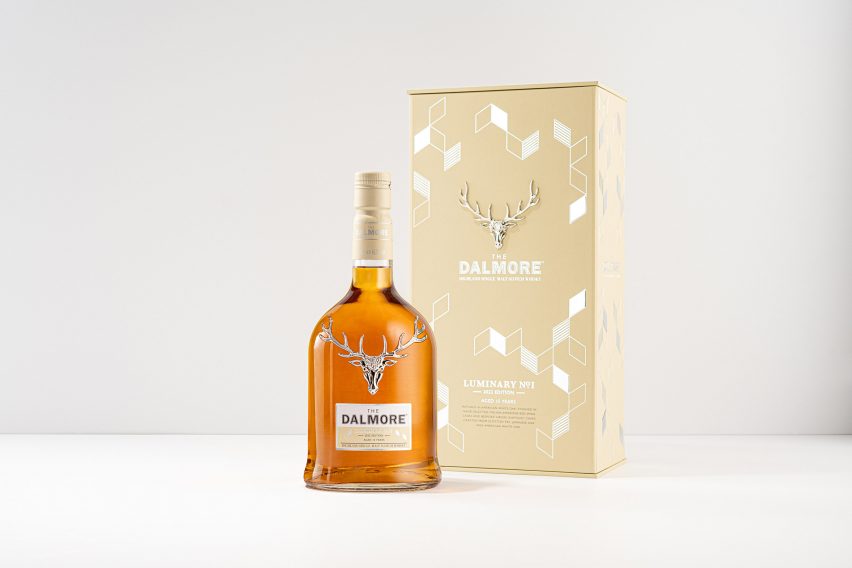
Other architects who have turned their hand to designing spirit bottles include Daniel Libeskind, who created an angular cognac bottle to embody "the legacy of Richard Hennessy".
Meanwhile, British-Ghanain David Adjaye created a chunky bottle with an accompanying oak case for Gordon & MacPhail's 80-year-old whisky.